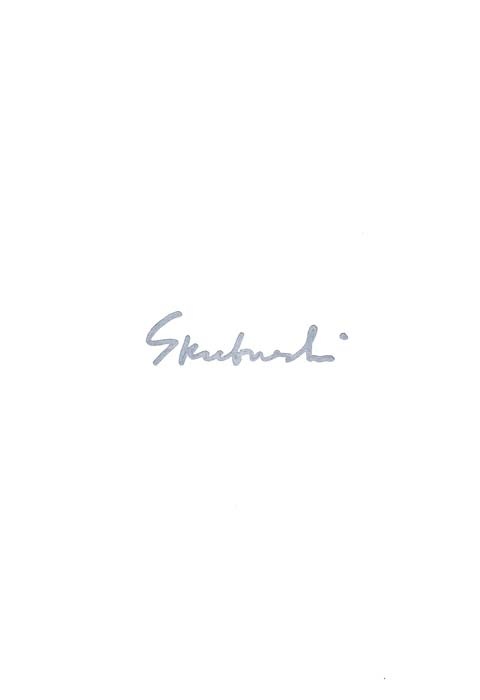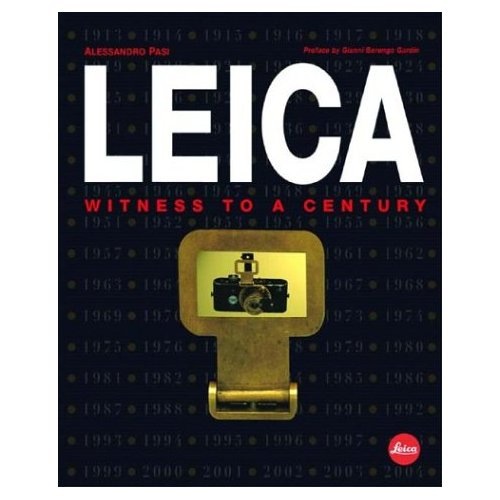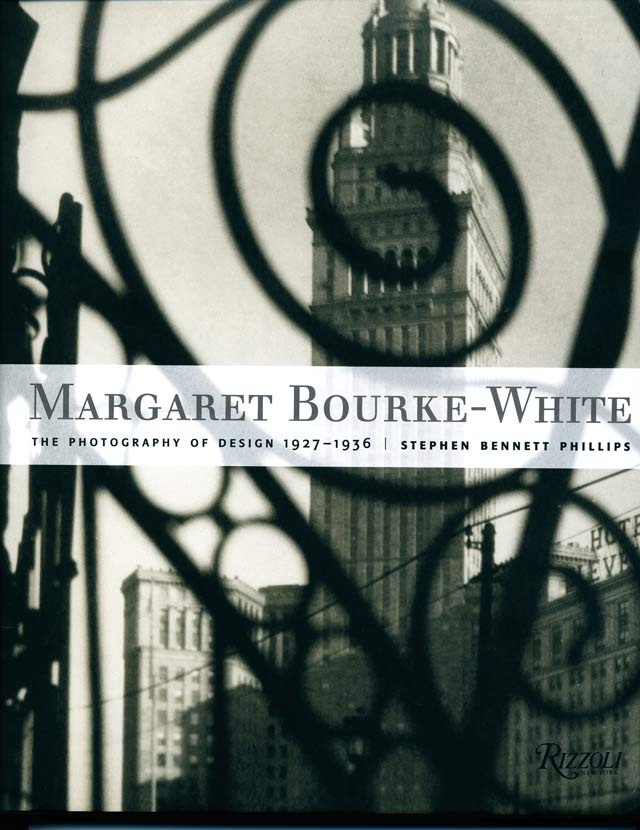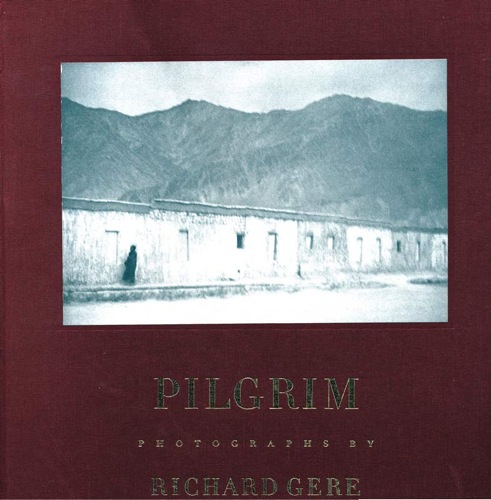A flashback.

An email from a friend had me rushing to my bookshelves – sadly now dispersed over three rooms owing to their seemingly organic growth – in search of my Victor Skrebneski picture book. “You have to look at these” was the general thrust and, in fairness, I had probably not looked at ‘Victor Skrebneski – Portraits, A Matter of Record’, for ten years. Used copies can be had for a trivial sum on the web.
The only snag was that I couldn’t find the book. Whereas my own pictures are ordered in studied manner, my workshop tools each have an allocated space, DVDs reflect a near manic filing method replete with bar codes and scanners, when it comes to picture books my approach is one of sheer chaos. By design.
The goal is simple. By adopting a random approach to arranging these, the sole determinant of position being whether the height of the book will fit the shelf, the experience of looking, of searching, of surprise, is enormously heightened. The trade off is that if you tell me to find a book by, say, Minor White or Cecil Beaton, well, prepare yourself for a wait as the chances are that I will not have the faintest idea of its location.
Not that I mind being asked. Not at all. Because you can bet that in the frenzied search I will come across several other long lost friends that deserve an airing.
Victor, Victor, Victor, where on earth are you?
My first pass was a goose egg. No Skrebneski to be found in the ancestral manse.
Tried again the next day. Now I remember. The book was huge. Not huge in the sense of the modern novel or biography, whose quality is invariably in inverse proportion to the quality of its content. No, huge in the sense of big. Not thick. Big.
So I reset the grey matter to search for Big, which helped not one whit. There are lots of Big photography books. Lots of tall shelves to accommodate them. But persistence won the day and there it was, Skrebneski’s book of portraits of famous people.
To this day the photographer makes his home in Chicago, that haven of civilization in the culturally arid desert that is the mid-west. True, the climate is abominable, but all these famous people must have made the pilgrimage to Skrebneski’s studio for a reason, and it was clearly not for the weather.
Now if you usually think of fashion photographers as purveyors of candy and fantasy, I agree. However, Skrebneski’s portraits are on a higher level.
The reason is, of course, self evident once you peruse his work. ‘Portraits’ is a collection of his ‘black-turtle-neck-dark-lighting-period’, for lack of a better cliché, and one of the most amazing aspects of the pictures is that in many you can see the subjects’ eyes …. but you cannot see their eyes. Meaning they are lost in unlit sockets. Somehow this conspires to make them more dramatic, conferring a sense of ‘Guess Who I Am?” on the portrait.
The strong sense of déjà vu is fomented by the fact that I was a young man growing up as a photographer when these were taken. I can recognize fully half of the subjects today, the book having been published in 1978. It’s no accident that the index is not referenced, so you have to follow along diligently, flipping back and forth, if you want to put a name to a strange face. Skrebneski is playing along with his style which is, once again, “Who Am I?”
Let’s see. An Audrey Hepburn, her face in such extreme close-up that you cannot recognize her.
That iconic image of Miss Blow Up, V. Redgrave. Every red blooded male recognizes that one.
Orson Welles, haughty, threatening, mischievous.
Diana Ross at the top of her game. Gorgeous, powerful.
Karen Graham. The Estee Lauder Woman. So used to the lens she seems almost bored. Wow!
Brooks McCormick Jr. and his threatening German Shepherd. (Have you noticed that nearly all the killer dogs have German names – Rottweiler, Doberman, German Shepherd, Weimaraner?)
Georg Solti. A wonderfully warm man whose orchestral rehearsals I used to attend frequently when a student. The price of concert tickets was beyond me back then.
The ageless Patrick Lichfield, society photographer with great hair.
An ice cold Hubert de Givenchy followed by the radiant warmth of Oscar de la Renta. Personalities displayed in their couture.
Cliff Robertson looking for all the world like Francis Bacon. Probably those unlit eyes remind me of Bill Brandt‘s work.
Irving and Mary Lazar. The cold eyes of the one and the almost equally cold eyes of the other. Not people to mess with.
Truman Capote looking …. well, like Truman Capote.
And finally, Fernando Bujones. When I saw Bujones dance Giselle the ‘Bujonistas’, as the press dubbed his followers, were whooping and hollering. So naturally I joined in, and what are you going to do Lincoln Center? Arrest us?
I have named but a few. It’s a book worth tracking down.




